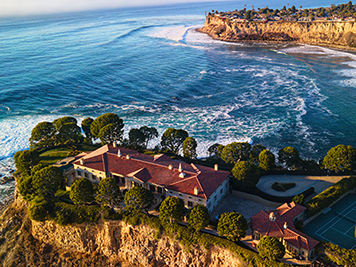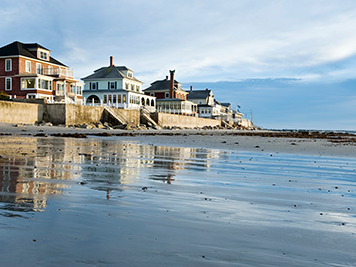As the situation in Ukraine evolves, businesses should be mindful of potential risks to their people, assets, operations, or supply chains in the region and globally. Marsh, as part of the Marsh McLennan family of companies, has created a page with information, tools, and resources related to the Russia-Ukraine conflict. Please visit the page for the latest information.
Major weather disasters, such as hurricanes, wildfires, floods, and tornados are happening progressively more across the United States including areas not typically impacted by these weather events. These weather trends, combined with inflation and other factors, have contributed to a significant and complex shift in the personal insurance marketplace.
Resources
MunichRE – https://www.munichre.com/en/risks/natural-disasters.html
Climate.gov – https://www.climate.gov/news-features/blogs/2022-us-billion-dollar-weather-and-climate-disasters-historical-context
Insurance Information Institute – https://www.iii.org/fact-statistic/facts-statistics-wildfires
NOAA – https://www.ncei.noaa.gov/access/billions/



